Brahma's Pushkar (Ancient Indian Pilgrimage) - Best Book on the Subject
Over 20,000 years ago, primitive man left traces of habitation by an oasis in the desert. This life-giving water - interpreted as divinity - was gradually identified in myths as the home of Brahma, the Creator, in the Hindu trinity. Hindus believe that, in seeking an earthly abode, Brahma scattered lotus petals from which three lakes were formed. Identified with his lotus, this site came to be called Pushkar. The ancient and legendary river Sarasvati once flowed over Pushkar's sands. As tectonic changes led to its disappearance, the river left its mark in the form of the myth of Brahma's disgruntled wife, Sarasvati, who fled his yajna rite to retreat to a hilltop by the lake. Since the Mahabharata, Pushkar has appeared at the head of the lists of Hindu pilgrimages - as tirthaguru or tirtharaj. An annual animal fair, or mela, held around the full moon of November has now greatly added to its reputation as the world's most picturesque fair. Brahma's Pushkar: Ancient Indian Pilgrimage presents the dynamism and complexities of Pushkar, taking the reader from the era of the gods and sages to the world of commerce and cattle and other earthly pursuits of tourists, traders and pilgrims, recording that nebulous time warp which India still manages to grip within its hold. The book also features a comprehensive documentation of the pilgrim's trail, charting circumambulatory routes around the sacred lake, interspersed with historical anecdotes and mythological lore. Never before has a cosmic Indian legend been narrated at so many levels - visual and literal, spiritual and tangible, pious and profane -along with the understanding and critical appraisal that it merits.
Get it now and save 10%
BECOME A MEMBER

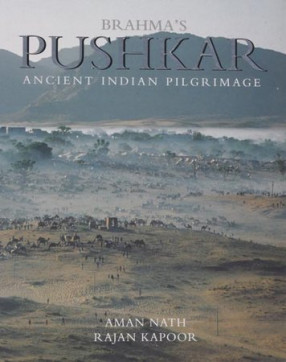
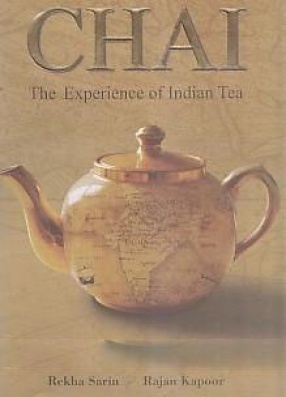
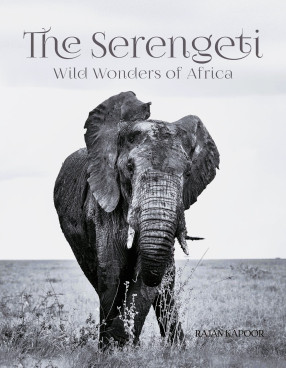
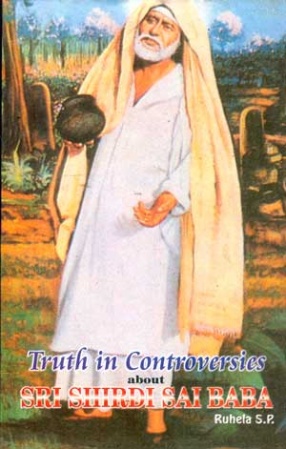

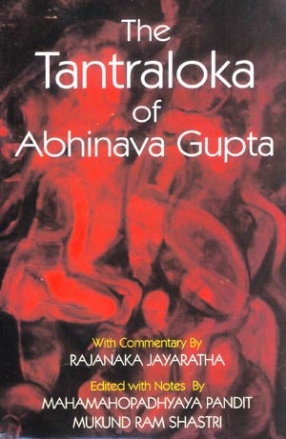


Bibliographic information
Rajan Kapoor